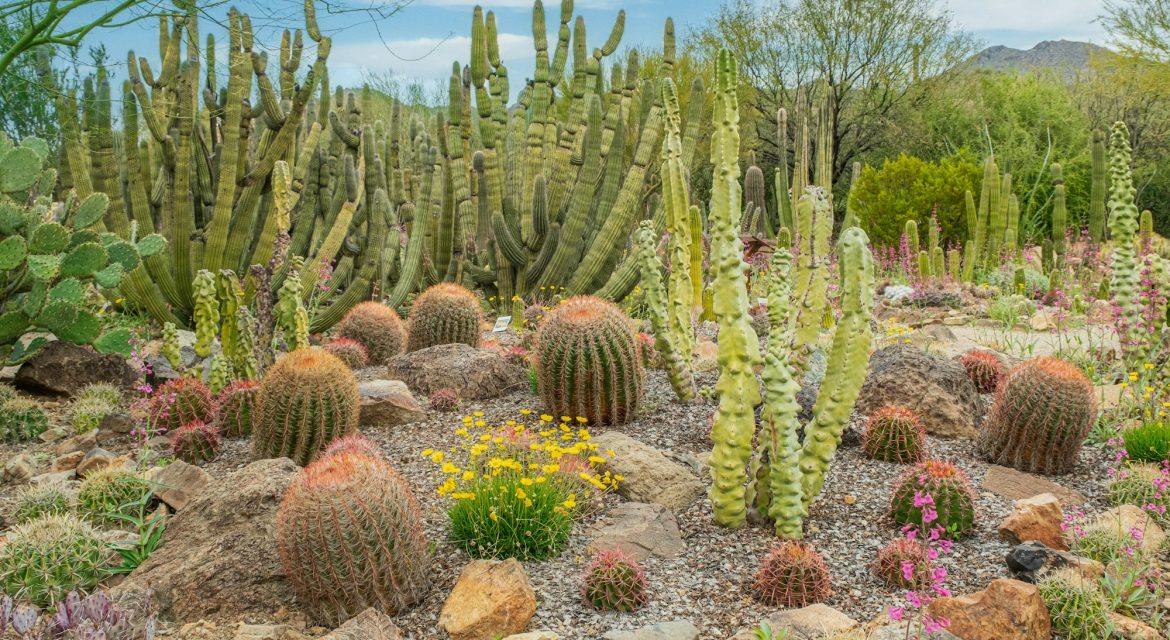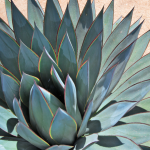Why do desert plants have different cold tolerance?
Desert plants have evolved to survive in harsh environmental conditions, including extreme temperatures. As a result, they have developed different strategies and adaptations for dealing with cold weather. Generally speaking, desert plants can be divided into two categories- those that are more tolerant of cold temperatures and those that are less so.
Plants with higher cold tolerance often grow larger and deeper root systems or develop thicker leaves or stems that provide insulation from the cold air. They may also store extra water during the winter months to help them survive freezing temperatures. Some species even use chemicals such as antifreeze proteins which bind to ice crystals and prevent cells from becoming damaged by frost.
On the other hand, species with lower cold tolerance are often shorter and less hardy, with smaller or shallow root systems. These species may also have thinner leaves and stems that are more easily damaged by frost. Additionally, some plants may not store enough water to survive cold temperatures and will need protection from the elements, such as a blanket of snow.
Different desert plants have developed different levels of cold tolerance in order to survive environmental conditions. Knowing what type of plant you’re dealing with can be important for selecting the right type of care and maintenance needed for its survival during colder months. With proper care, your desert plants can thrive despite the chillier weather!





